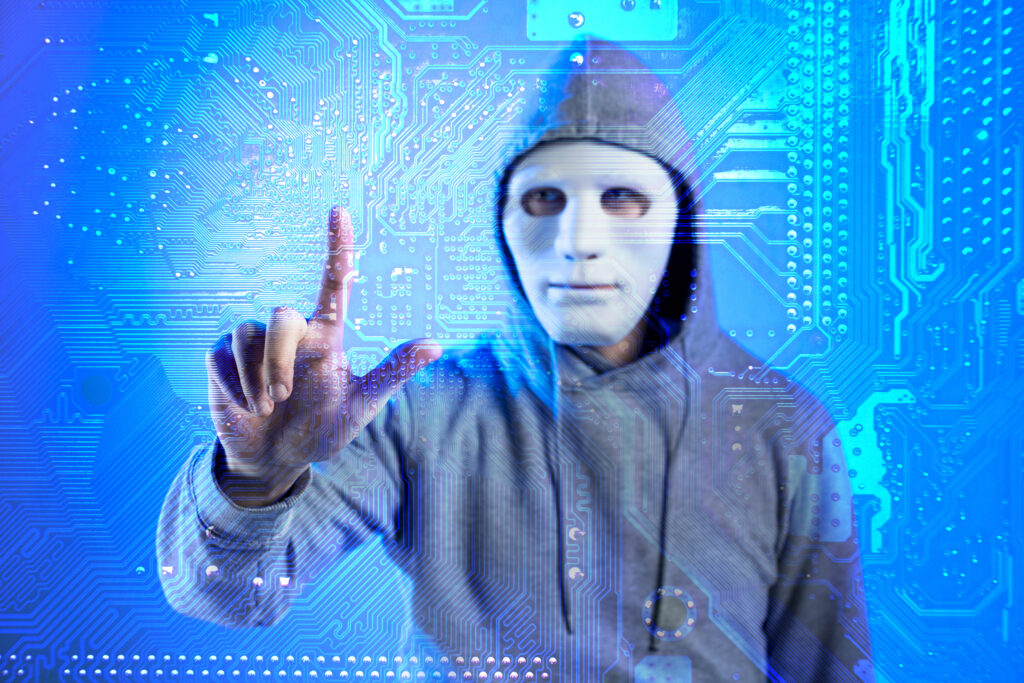
Table of Contents
Introduction
In an era where technology is advancing at an unprecedented pace, one term has been making waves – and not always in a positive way: Deep Fake. The very mention of it conjures images of manipulated videos, celebrity impersonations, and the potential for misinformation. But what exactly is deep fake technology, and how does it work? Let’s take a closer look, demystify the mechanics behind the illusion, and explore the implications of this groundbreaking yet controversial technology.
The Essence of Deep Fake: A Blend of Art and Algorithms
At its core, it is a portmanteau of “deep learning” and “fake.” It’s a form of artificial intelligence that utilizes deep neural networks to create synthetic media, typically in the form of images, audio, or video. What sets deep fake apart is its ability to convincingly replace one person’s likeness with another, making it seem as if the target individual is saying or doing things they never did.
The magic ingredient behind deep fake lies in the sophisticated algorithms that power it, particularly generative adversarial networks (GANs). GANs consist of two neural networks – a generator and a discriminator – locked in a perpetual dance. The generator creates increasingly realistic content, while the discriminator learns to tell the difference between real and synthetic data. As they improve, the result is an uncanny ability to produce content that can be virtually indistinguishable from reality.
Face swapping: The Gateway to Deep Fake Fame
One of the most common applications of deep fake technology is face swapping, where the face of one person is seamlessly replaced with another’s. This process involves training the algorithm on vast datasets of images featuring both the source and target individuals. The more diverse and extensive the dataset, the more convincing the deep fake becomes.
The mechanics of face swapping involve encoding the facial features of the source person and then mapping them onto the target person’s face in the video or image. The result is a seemingly authentic portrayal of the target individual engaging in activities they never participated in.
The Deep Fake Paradox: Creativity and Concerns
While the creative potential of deep fake technology is undeniable – imagine historical figures giving modern speeches or actors playing roles they could only dream of – the flip side is a landscape fraught with ethical and societal concerns.
The democratization of content creation is a double-edged sword. On one hand, it empowers artists and creators to explore new realms of storytelling and expression. On the other, it raises questions about the authenticity of the content we consume. How can we trust the videos and images we see when the line between reality and fabrication becomes increasingly blurred?
The Dark Side of Deep Fake: Misinformation and Manipulation
Perhaps the most significant concern surrounding deep fake technology is its potential to be weaponized for malicious purposes. Imagine political leaders delivering fabricated speeches, celebrities engaging in scandalous activities they never took part in, or the creation of entirely false narratives to influence public opinion.
The ability to manipulate reality through deep fake videos poses a genuine threat to trust and truth. As society becomes more digitally connected, the risk of misinformation spreading like wildfire is ever-present. The challenge lies not only in developing technologies to detect deep fakes but also in cultivating digital literacy among the general population to discern fact from fiction.
Combatting the Illusion: Deep Fake Detection and Regulation
As the arms race between deep fake creators and detection technologies escalates, researchers and tech companies are developing innovative methods to identify synthetic media. From analyzing subtle facial inconsistencies to scrutinizing anomalies in audio waveforms, the goal is to stay one step ahead of those who seek to deceive.
Furthermore, governments and policymakers are beginning to recognize the need for regulations to curb the potential misuse of deep fake technology. Striking a delicate balance between fostering innovation and protecting against abuse is a complex task, but it is crucial for maintaining the integrity of information in our digital age.
The Future of Deep Fake: Navigating Ethical Waters
As we peer into the future, the ethical implications of deep fake technology will only become more pronounced. Striking a balance between innovation and responsibility will be paramount in ensuring that this powerful tool is harnessed for positive purposes rather than becoming a source of chaos and deception.
Educating the public about the existence and potential risks of deep fake technology is an essential step in this journey. By fostering a culture of digital literacy, we empower individuals to critically evaluate the media they encounter and contribute to a more informed and resilient society.
Conclusion
In conclusion, demystifying deep fake technology requires us to understand both its mechanics and its potential impact on society. As we navigate this uncharted territory, we must remain vigilant, fostering a collective responsibility to ensure that the power of synthetic media is wielded with care and consideration for the truth. Only then can we fully appreciate the creative possibilities that deep fake offers while safeguarding against the shadows it may cast on our digital landscape.
Read more on https://cybertechworld.co.in for insightful cybersecurity related content.







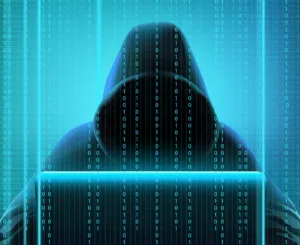


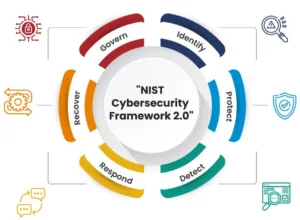



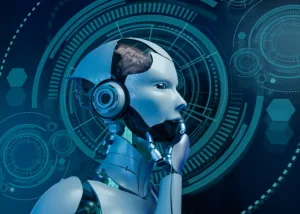

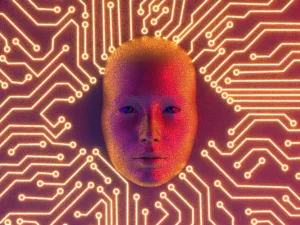


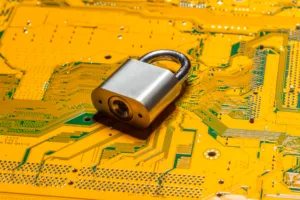
Can you be more specific about the content of your article? After reading it, I still have some doubts. Hope you can help me.